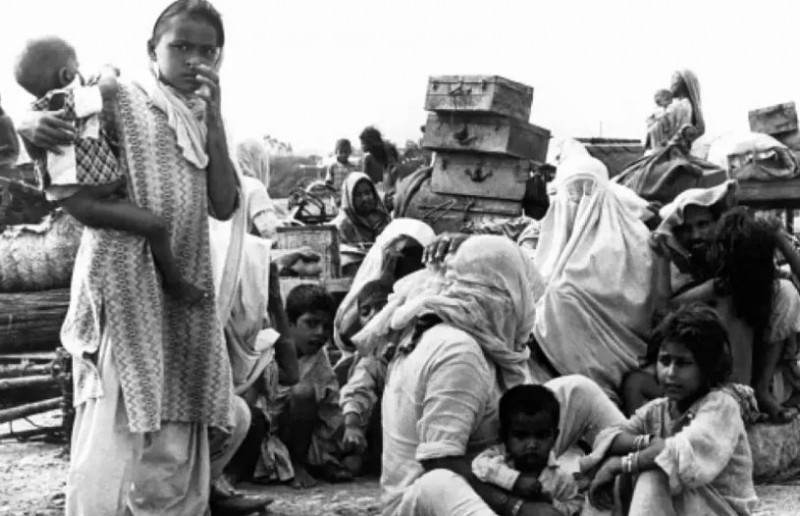
As India stood on the precipice of achieving its long-awaited independence in 1947, it confronted a heart-wrenching chapter in its history – the partition of the subcontinent. This complex and tragic event led to the division of the land into India and Pakistan, and it remains etched in collective memory as a stark reminder of the sacrifices and challenges that accompanied the hard-won freedom.
The Genesis of Division: The Two-Nation Theory:
The seeds of partition were sown by the Two-Nation Theory, advocated by Muhammad Ali Jinnah and the All-India Muslim League. This theory posited that Hindus and Muslims were two distinct nations with irreconcilable differences, necessitating separate homelands. The ideological divide between Hindus and Muslims, fueled by historical grievances and communal tensions, escalated as independence drew near, culminating in the call for the creation of two independent nations along religious lines.
The Mountbatten Plan: Accelerating the Process:
The Mountbatten Plan, named after Lord Louis Mountbatten, the last Viceroy of India, aimed to expedite the process of partition and grant independence to India. Under this plan, the British government announced its intention to withdraw from India by August 1947, giving rise to a hurried and often chaotic process of delineating borders and administrative arrangements for the newly formed nations.
The Tragedy Unfolds:
The partition of India resulted in one of the most tragic human crises of the 20th century. As the borders were redrawn, violence erupted across the subcontinent. Mass migration, fueled by fear and uncertainty, led to an immense refugee crisis, as millions of Hindus, Muslims, and Sikhs sought safety and shelter in their respective homelands. The widespread bloodshed and communal riots claimed countless lives, leaving scars that continue to affect families and communities to this day.
Legacy of Partition:
The legacy of partition is multifaceted and enduring. While it marked the birth of two independent nations, it also left behind a legacy of trauma, displacement, and the loss of lives and homes. The wounds of partition have been etched into the collective memory of the subcontinent, affecting generations and shaping the sociopolitical landscape of India and Pakistan.
Lessons Learned and Moving Forward:
The partition of India serves as a poignant reminder of the complexities of nation-building and the consequences of divisive ideologies. It underscores the importance of unity, tolerance, and understanding among diverse communities. The pain and tragedy of partition stand as a testament to the need for diplomacy, cooperation, and peaceful coexistence in a world marked by diversity.
As India reflects on its journey to independence, the partition remains a somber reminder of the challenges that accompanied the attainment of freedom. While the scars of partition continue to impact lives, it is essential to remember the lessons learned and strive for a future that prioritizes unity, understanding, and the peaceful coexistence of diverse communities. The legacy of partition must serve as a catalyst for building bridges and fostering harmony in a world that remains interconnected and interdependent.
Gandhi's Nonviolent Resistance: The Path to India's Independence
Empowering Women: Six Key Justifications for Financial Independence